Ever since I install Kali Linux on Windows 10, for some reason I cannot boot Kali Linux after the installation. I was wondering why and did some research. I found out that I was missing grub loader in order to dual boot. I tried everything from typing commands from Kali Live to downloading programs such as EasyBCD. I have Legacy Boot Enabled and disabled Secure Boot on BIOS. Here is what I did so far:
1- Downloaded the Kali the ISO from the official website.
2-Formatted my USB using Rufus.
3-Created a bootable USB with the Kali in it using Win32 Disk Imager.
4-Shrinked one of my existing partitions(with no data in it) just for Kali with 40 GB of free space.
5-Disabled the Secure Boot Mode and Enabled Legacy Boot in BIOS.
6-Booted from the USB and run the Graphic installation.
7-Followed the installation prompt with the basic stuff(language, root pasword,...)
8-I did a manual installation: I did 2 GB for /boot, 15 GB for / , 20 GB for /home, and 2 GB for swap area.
9-Write the changes to Disks? Yes.
10-Use a network mirror? No.
11-Install the GRUB boot loader to the master boot record? Yes.
12-For the grub-install part, I saw that /boot portion number was #6 so I typed /dev/sda6.
13-Removed USB from computer.
14-Finished the installation for Kali Linux.
15-Booted.
Where did I go wrong? What do I need to do? Do I need to change anything? I am also new to this community so sorry if I did something wrong or did not include anything. Thanks!






















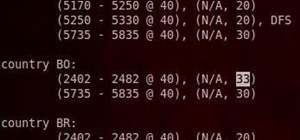
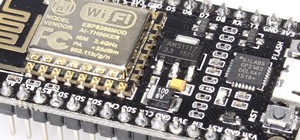
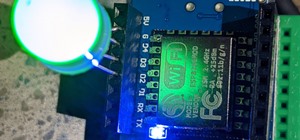



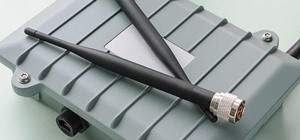








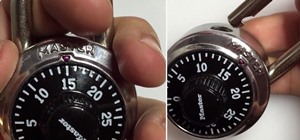
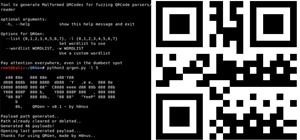
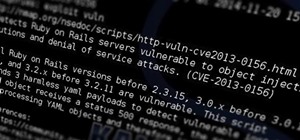

2 Responses
U should not to install grub bootloader in master boot because the pc have to boot via metro bootloader
.
I'm not sure if that's caused by something wrong you did in the installation or if something went wrong in the download
did you check the sha256sum before installing it on your pc?
a difference in the sum can cause multiple different problems
it would be a good idea if you check if the sha256sum is equal to the one here
Share Your Thoughts